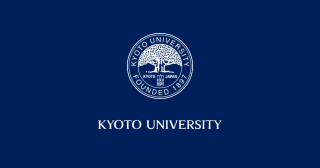On Wednesday 23 March, Kyoto University's Tokyo Office hosted the third talk in its 21th public lecture series, "Mega Earthquakes: What Will Happen and How We Prepare", organized as part of the Tokyo de Manabu Kyoto no Chi ("Ingesting Kyoto University's Knowledge -- in Tokyo ") program.
The lecture was delivered by Professor Kazuro Hirahara of the Graduate School of Science under the title of "How to Care for 'Computer Earthquake Catfish'".
Citing studies that utilized cutting-edge simulation technology, he shared the latest findings about how large-scale inter-plate earthquakes can occur in subduction zones around the Japanese archipelago and how such occurrences may be predicted.
He devoted a large part of his talk to the description of an "earthquake-cycle simulation program", also known as a "computer earthquake catfish", which generates simulations of earthquakes based on the measurements of crustal movements obtained using a global positioning system or other means, estimation of inter-plate coupling and slip along plate boundaries, and data from rock friction experiments.
Afterwards, Prof Hirahara expressed his expectations for a soon-to-be-completed undersea earthquake and tsunami monitoring network as a source of more detailed data for such simulations, and possible applications of related technologies to deep learning. He concluded by urging the audience to remember that we are living in an "era of diastrophism and mega-earthquakes".

Lecture venue

Prof Hirahara





